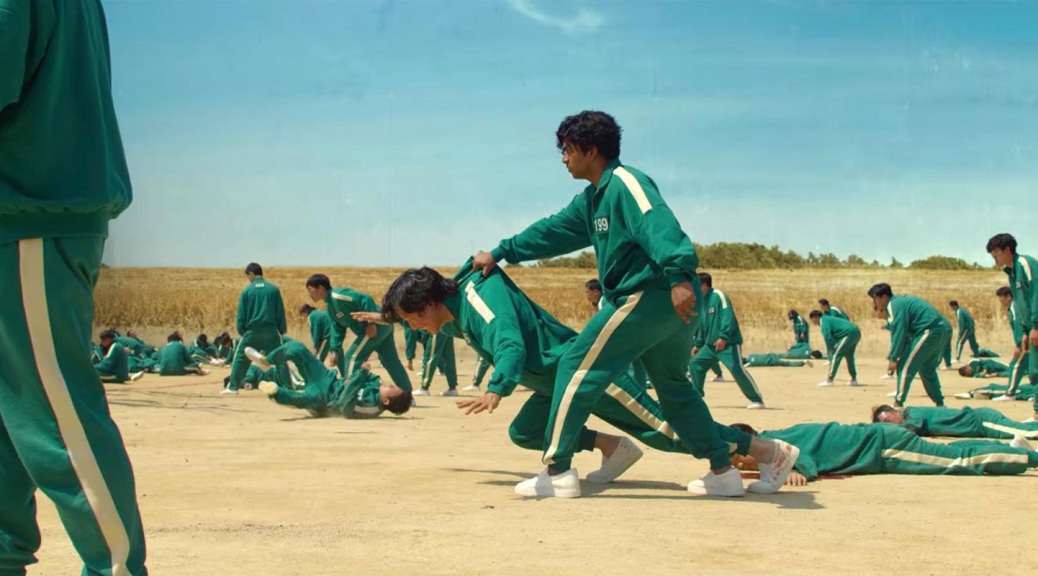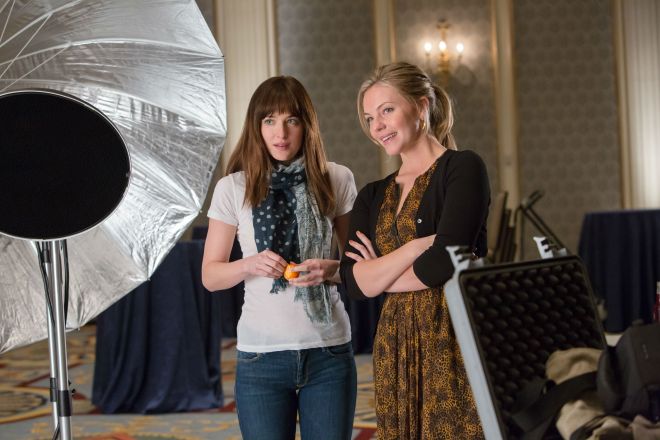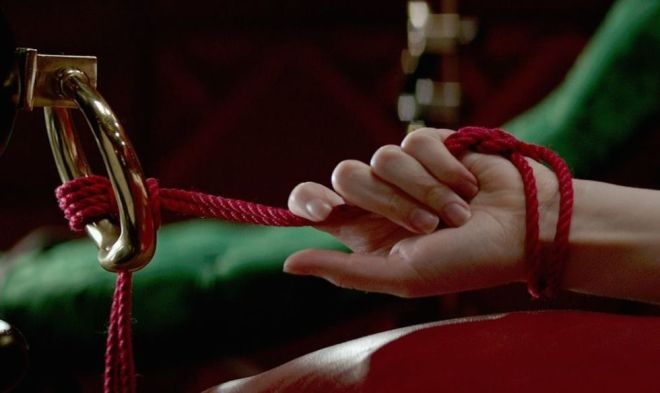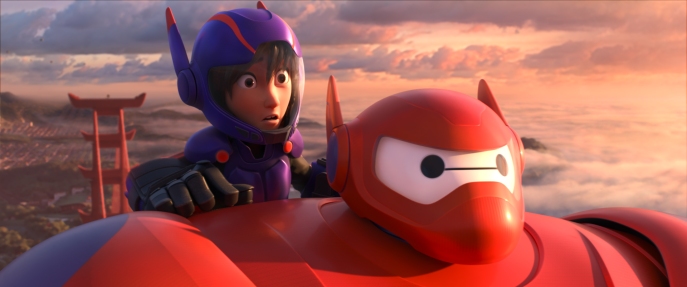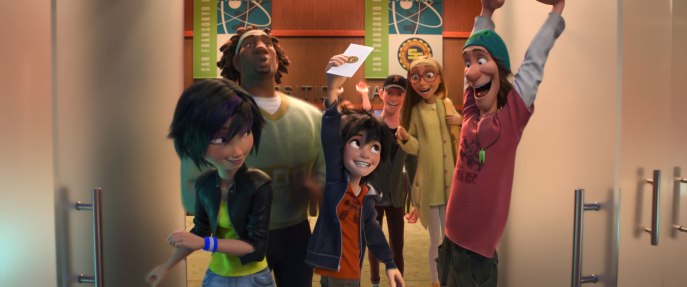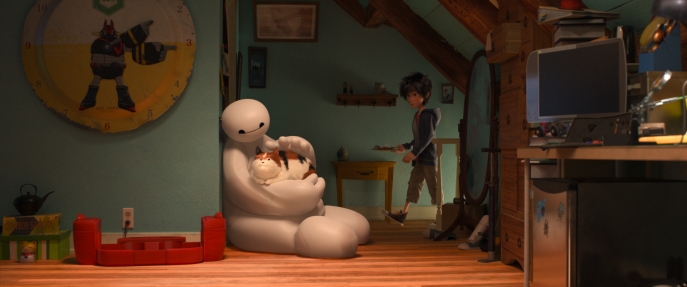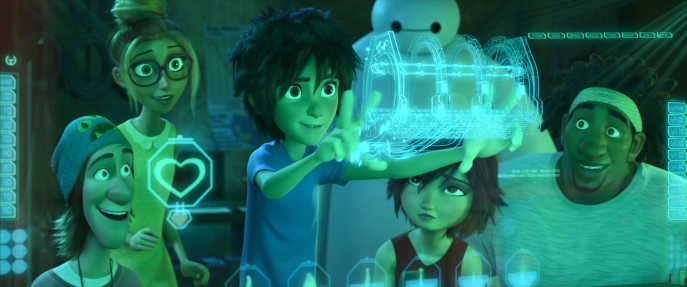I track average scores given to movies by women and men reviewers. “The Marvels” shows something interesting happening. On Metacritic, women critics are giving an average score of 68.9. Male critics are giving an average score of 49.7. That’s one of the biggest gaps between the two I’ve seen for a film with this many reviews.
Out of 53 reviews on Saturday, Nov. 11, the top 6 were by women. The bottom 7 were by men. We might dismiss this as a few malcontent misogynists tanking the score, but the majority of scores by women are at or above the highest score a man gave.
Women critics clearly like the film much better than men, yet audiences were 65% male according to Deadline. That’s a whopping statistic, more in line with some of the most extreme leans in audience ratio we see. In contrast, “Captain Marvel” had a 55-45 ratio of men to women, a high percentage of women for a superhero movie. What happened with “The Marvels” then? Why didn’t women go see a film written, directed, and led by women? As much as I like “The Marvels” and think it’s a good film, why should women have gone to see a movie whose advertising apologized for its very existence?
The last minute attempt at shoving Iron Man and Captain America into a new trailer – despite their not being in the film – only fostered jokes made at the film’s expense, most of them along the lines of “Somehow Palpatine returned”. Look at this mess:
Let’s do a word count!
Nick Fury: 32
Dar-Benn: 16
Monica Rambeau: 13 (title character)
Thanos: 12
Captain Marvel: 10 (title character)
Valkyrie: 7
Iron Man: 3
Captain America: 3
Ms. Marvel: 1 (title character)
That’s more lines for Nick Fury than the three title heroes combined. Iron Man, Captain America, and Thanos – none of whom appear in “The Marvels” – each get more lines than one of the movie’s three leads: Ms. Marvel has one word. All this trailer needed to say to get its point across was, “Sorry about the women”.
Disney never had full faith in essentially ramming Captain Marvel down our throats the way they once did with Iron Man, Captain America, or even franchise leads with a habit of underperforming like Thor and Ant-Man. That tentative commitment communicates through choices made in the marketing. If it doesn’t seem like Disney’s wholly on board with the Marvels, why should audiences be?
The film also pulled back from the moments that could have driven the most conversation. It momentarily implies Captain Marvel and Asgardian hero Valkyrie are in a relationship, but doesn’t have the guts to state it, show it, or in any specific way acknowledge it. It’s 2023. You’re 30+ films in. You can fucking show them kiss or have someone ask and they go, “Yes”. But some conservative dudebros will get mad? They’re mad anyway. But China won’t show it? Not that I’m in favor of this, but you’d have cut the scene in China anyway.
A more specific acknowledgment there would’ve made no difference for detractors who were already dead-set on detracting, and it could’ve made a huge difference in drawing crowds that know this kind of representation needs to be in these films. Yet Disney was still too cowardly to include one of the most important, humanizing aspects of its lead. But wait, that’s just one thing…one scene…and also one example of many such choices in the movie and the marketing.
Same thing with the central plot about refugees fighting other refugees over dwindling resources and both sides pointing at the others as terrorists and war criminals. That could’ve been pretty relevant right now. It could’ve said any number of things mainstream science-fiction as far back as the 1960s has been brave enough to say, yet here it’s shorn of as much meaning or real-world analogue as possible. That plotline is just an excuse to get us to good action scenes and “The Marvels” is a good superhero action movie. So why do anything more? To put it bluntly, audiences like specific things over generic things. That decision is another generic one. Congrats, you didn’t get yourself in any trouble.
The lessons Disney may take from this are some of the most insipid possible. Imagine thinking in the year that “Barbie” dominated the box office both domestically and worldwide that the issue is launching a film led by women. The difference is that “Barbie” made no apologies – either in the film or its advertising. It sought conflict and disruption and – huh, who knew – that’s what people wanted to see most in a woman-directed, written, and led movie. “Barbie” made trouble, demanded you look at it, and that made audiences find something so interesting it was worth going back for seconds and thirds. “The Marvels” pulled its most potent punches, it wanted its most interesting aspects to go unseen and unrecognized, and it marketed itself as being just like what you’ve seen before – oh, but with women this time. “Look at this thing you’ve seen 30 times before that doesn’t capitalize on its unique strengths!” Then they wonder why no one looked. It’s really not that difficult.
These choices remind me of “Solo”, the Star Wars film that was essentially tailor-made for the dudebro complainers and whiners. It’s still a solid movie otherwise, but it was made for the people nitpicking everything in opposition to “wokeness”, with roguish male leads, fridging, a damsel who’s secretly untrustworthy, and the most internet-requested prequel tie-in. And the dudebros didn’t care. They found one thing, a woman introduced late in the movie, to decide to hate because they were always going to hate whatever you put in front of them, even if it’s exactly what they asked for. And because you made it for people who were going to reject it anyway, and you didn’t make it for the majority of us, it tanked.
The standalone they did before that, “Rogue One”, did well. It was led by a woman and Latino playing complex, unapologetic characters. It was advertised as different, caustic, unique, something new in the Star Wars universe that we hadn’t seen in its 40 years of existence. Yet instead of doubling down on what worked in “Rogue One”, “Solo” gave us a backpedaling “Rise of Skywalker” that was a solid-enough film but catered to a vocal, pissed off group of fans that ended up being vocal and pissed off despite that catering. Why? Because that is what they’re always going to be.
“The Marvels” did everything it could to pretend to not be for the majority of viewers. It advertised itself – especially in the end – in a way that apologized for its own existence. It’s a good film even with its best points shorn off, but they tried to convince people it was generic so as not to piss off the people who will be pissed off at them regardless. In so doing, it increasingly convinced its most interested and natural audience that it may not in fact be for them.
If you have strengths, you double down on them. That’s what “Barbie” did, relentlessly. You don’t try to pretend as if they don’t exist as a way of pre-apologizing to people who will invent something new for you to apologize for anyway. And as much as I do like “The Marvels”, that is exactly what Disney did in reducing its most unique elements, and pretending as if the clear strengths that still survived didn’t exist in the advertising.
“The Marvels” didn’t underperform at the box office because it’s “woke”. “Woke” has done really well at the box office this year. It underperformed because Disney was scared it might be called “woke” and that drove the marketing to discourage audiences who are interested in seeing projects that are diverse and progressive. Disney succeeded in making it look generic, in convincing people it was “safer” and more uneventful than they anticipated. Who the hell goes to see a film because the marketing makes it look less eventful and more cowardly than they expected?
Disney succeeded at that marketing strategy really well. Good job, I guess? If the lesson is to make its most potent, diverse, and progressive properties look even more generic, to pre-apologize for them even more, they’ll only encounter the same result. You lean into a strength. You announce that strength as the reason to go see something. You don’t apologize for it. You don’t spend your marketing budget convincing people your film’s strength doesn’t actually exist, especially for people for whom every apology you give will never be enough.
If you enjoy what you’re reading, consider subscribing to my Patreon! It helps with the time and resources to write more articles like this.

